XDC Network has taken a bold leap forward. With LayerZero now live, the network unlocks true omnichain functionality, connecting developers, enterprises, and users to over 125 blockchains. This integration marks a pivotal moment in Web3 interoperability—especially for real-world asset (RWA) adoption.
Let’s break down what this really means and why it matters for the future of blockchain.
LayerZero is now live on XDC Network, but what does this mean?
With @LayerZero_Core, XDC Network is expanding opportunities for developers, enterprises, and users alike.
Benefits include:
Omnichain Application Development: Build dApps capable of communicating securely and… pic.twitter.com/yijBIP6uCC
— XDC Foundation (@XDCFoundation) April 9, 2025
What Is LayerZero?
LayerZero is a protocol for sending messages across blockchains.
It powers decentralized applications (dApps) that need to transfer data or assets from one chain to another. Think of it like a messaging layer—only it’s secure, permissionless, and resistant to censorship.
Its architecture includes:
- Endpoints:
- Endpoints are immutable smart contracts deployed on each supported blockchain. They serve as the main connection point for sending and receiving messages. Every interaction with LayerZero on a chain passes through that chain’s Endpoint. When a dApp wants to send a message to another chain, it does so through its local Endpoint. This Endpoint emits an event, which is then picked up and verified by off-chain actors. Because Endpoints are immutable, they ensure consistency and security across the network.
- Decentralized Verifier Networks (DVNs):
- DVNs are independent oracle-like services that verify messages between blockchains. Their job is to confirm that the message sent from the source chain actually occurred and wasn’t tampered with. Multiple DVNs can verify the same message to increase trust. This modular approach allows applications to choose their own DVNs based on their security needs. Some may opt for low-cost DVNs; others might choose a group of highly decentralized, high-trust ones.
- Executors:
- Executors are the delivery agents. Once a message is verified by DVNs, an Executor transmits the verified message to the destination chain. There, it calls the appropriate Endpoint and triggers the desired function in the destination contract. Importantly, Executors don’t need to be trusted—they simply carry out the job of final delivery. Since messages are already verified, Executors can’t forge or manipulate them.
This modular design separates responsibilities between verification and execution, allowing for greater flexibility, decentralization, and censorship resistance—three key ingredients for scaling cross-chain infrastructure.
For more on LayerZero’s tech, visit LayerZero Docs.
Why the XDC Network Matters
XDC Network is a fast, low-cost blockchain built for enterprises.
Its hybrid architecture supports both public and permissioned use cases. It also features near-instant finality and ISO 20022 compatibility—making it attractive for governments, banks, and global trade institutions.
Projects in trade finance, tokenized documents, and real-world asset markets already build on XDC. This includes platforms like TradeFinex and integrations with R3 Corda.
Until now, XDC’s interoperability has been limited. That changes with LayerZero.
What This Integration Unlocks
The official announcement highlighted four key benefits. Here’s what each means:
- Omnichain dApp Development:
- Developers can now create dApps on XDC that communicate with 125+ other chains.
- Use case: A lending protocol on XDC can accept collateral from Ethereum or Solana without leaving the dApp interface.
- Permissionless, Censorship-Resistant Messaging
- LayerZero uses immutable smart contracts to send messages. This ensures secure, trustless data sharing without relying on centralized bridges.
- Seamless Cross-Chain Interactions
- Users can move assets and data between XDC and other networks easily. A tokenized invoice on XDC could be bridged to Polygon for DeFi liquidity. No middlemen required.
- Enhanced Trust and Efficiency
- LayerZero’s decentralized infrastructure improves reliability. Enterprises benefit from higher performance and fewer risks in cross-chain operations.
Why It Matters for Real-World Assets (RWAs)
XDC is already positioned as a leader in real-world asset tokenization.
This includes tokenized invoices, trade documents, and carbon credits. Now, LayerZero adds cross-chain composability to that foundation.
Imagine a world where:
- A trade document tokenized on XDC is instantly usable on Avalanche.
- A stablecoin issued on XDC becomes interoperable with Solana dApps.
- A carbon credit NFT on XDC finds liquidity in Ethereum’s NFT markets.
This integration is a step toward that reality.
Growing the Omnichain Future
This move also boosts LayerZero’s reach into the RWA sector. Most LayerZero integrations focus on DeFi and NFTs. But with XDC in the mix, the protocol now supports regulated, real-world finance use cases. It’s a win for both ecosystems.
Final Thoughts
LayerZero’s integration with XDC Network is more than just another bridge. It’s a blueprint for the future of blockchain: composable, secure, and truly omnichain. This change will help developers build more powerful apps, let users interact across ecosystems, and enable enterprises to access global liquidity with fewer barriers.
Stay updated via layerzero.network and xdc.org.
*Disclaimer: News content provided by Genfinity is intended solely for informational purposes. While we strive to deliver accurate and up-to-date information, we do not offer financial or legal advice of any kind. Readers are encouraged to conduct their own research and consult with qualified professionals before making any financial or legal decisions. Genfinity disclaims any responsibility for actions taken based on the information presented in our articles. Our commitment is to share knowledge, foster discussion, and contribute to a better understanding of the topics covered in our articles. We advise our readers to exercise caution and diligence when seeking information or making decisions based on the content we provide.


